The fruit of the coffee tree looks very much like a cherry when it is ready for picking, hence it is called the cherry. So, once the coffee cherries have been picked, you need to find a way of getting to that prized bean that dwells inside. There are several methods of doing this, all of which will have a significant impact on the taste of the coffee that they will eventually produce, and all of these methods are called processing (or applying a process). What are these methods?
The two most common processes are called: bean washing and bean drying. Hence, we have ‘washed’ and ‘natural’ coffees. A third method, called honey-processed, is the third most popular method, but on a much smaller scale. So, what are the differences between these methods?
First, what is a Coffee Cherry?
To understand the processing, it is essential to understand what we are trying to remove of the coffee cherry to get to the bean. So, here is a crash course on the anatomy this divine fruit.
There are two green coffee beans at the centre of every cherry. The parchment (or hull) is the thin protective layer that encases each individual bean. Next is the mucilage: a sweet honey-like or sap-like coating on top of the hull. Lastly there is the pulp, also called the cascara, which is the outer shell of the cherry (including the skin). Side note: the cascara can be consumed, by drying it and infusing it in a tea! It has a low caffeine content and does not have the familiar flavour of coffee, but taste rather more like other fruits (a distinct fruity taste like blueberries, strawberries, or figs have).
So, processing means removing the parchment, the mucilage, and the pulp.
Washing
As mentioned above, washing is one of the two most common processes used to strip the excess from a coffee bean. It's also the one that offers the ‘cleanest’ tasting coffee, meaning the flavours of the bean (not the fruit) have been preserved to the fullest. This results in floral rather than fruity aromas and greater acidity. The beans are also considered aesthetically more beautiful and generally have less bitterness.
The process begins with an initial sorting in water. Interestingly, top-quality cherries do not float, while damaged or low-quality cherries do. The best cherries are then selected and pulped.
Pulping is done with a machine that presses the cherries to extract the beans, which will come out still coated with parchment and mucilage. The machine, aptly named the ‘pulper’, can lack precision, so it is essential to also strain the beans through a sieve to ensure that the job is complete. If necessary, the cherries will be put into the machine a second time to finish this stage of the process.
Then comes the fermentation stage. This is when the beans are placed in massive tanks of water for ten to twenty-four hours, depending on the recipe. The microorganisms in the beans will create an enzyme that dissolves the mucilage, which also makes it much easier to remove if any remains after soaking.
Then, the beans are either sun-dried for several days or quickly machine-dried, or sometimes a combination of both. This step makes the parchment easy to remove later, but it also allows the coffee to have a low enough moisture content to prevent germination.
Finally, and this step applies to all processes, the parchment is dehusked. This can be done traditionally, by hand, or by machine. After dehusking, the beans are ready to be sorted according to their size and quality, and then shipped off to roasters.
While this method better preserve the flavour of the beans, it is also quite bad for the environment. Washing obviously requires a lot of water, which can be especially challenging in countries and regions where access to fresh water is limited. However, new, more eco-friendly washing processes and machines are starting to emerge in the market.
Drying: the ‘Natural’ Method
Unlike washing, drying does not require water (shocker) and the layers of the cherry are all removed after drying. The flavour profile of dried coffee, generally, offers more body and is ultra-fruity due to prolonged contact between the beans and the mucilage. It also adds a dose of sugar to the beans.
Drying, which is the oldest method of processing, is also a much more delicate process. If the cherries are not dried evenly and completely, it can easily lead to a ‘fermented’ bean, with an undesirable chalky taste in the coffee that they produce. This is why many producers opt for the safer process of washing.
The process starts with drying the cherries in the sun for two to three weeks. The fruit is rotated repeatedly to ensure even drying. The cherry shell gradually degrades during this time.
Both methods conclude the same way, with the beans being dehusked; except that with drying the pulp and the mucilage are removed at the same time as the parchment. Then they are also off to sorting.
Of course, this method is preferred in areas where water is not as readily available.
Honey-processed
The honey process is a cross between washing and drying. Among its advantages, we should note that it requires much less water than washing.
This method begins in the same way as washing, with pulping. The beans finish this stage still coated with parchment and mucilage, which is a key element of the process. At this point, the process is broken down into several sub-categories depending on the amount of mucilage remaining on the beans, which is decided upon by colour: yellow, red, or black. As a general rule, the more mucilage it has, the sweeter and fruitier the coffee.
Next, the beans are dried, still coated in their mucilage. The amount of mucilage is proportional to the drying time, which will last between one to three weeks. Drying in the honey process is characterized by the shading created on the beans, which slows down the drying process but removes acidity and adds fruitiness and body to the coffee. The remainder of the process is the same: dehusking, sorting, and shipping.
It may come as a surprise that, despite being named the ‘honey process’, no honey is involved in this process! The reason it gets the name is because the texture of the mucilage is very reminiscent to that sweet golden bee nectar product we all love.

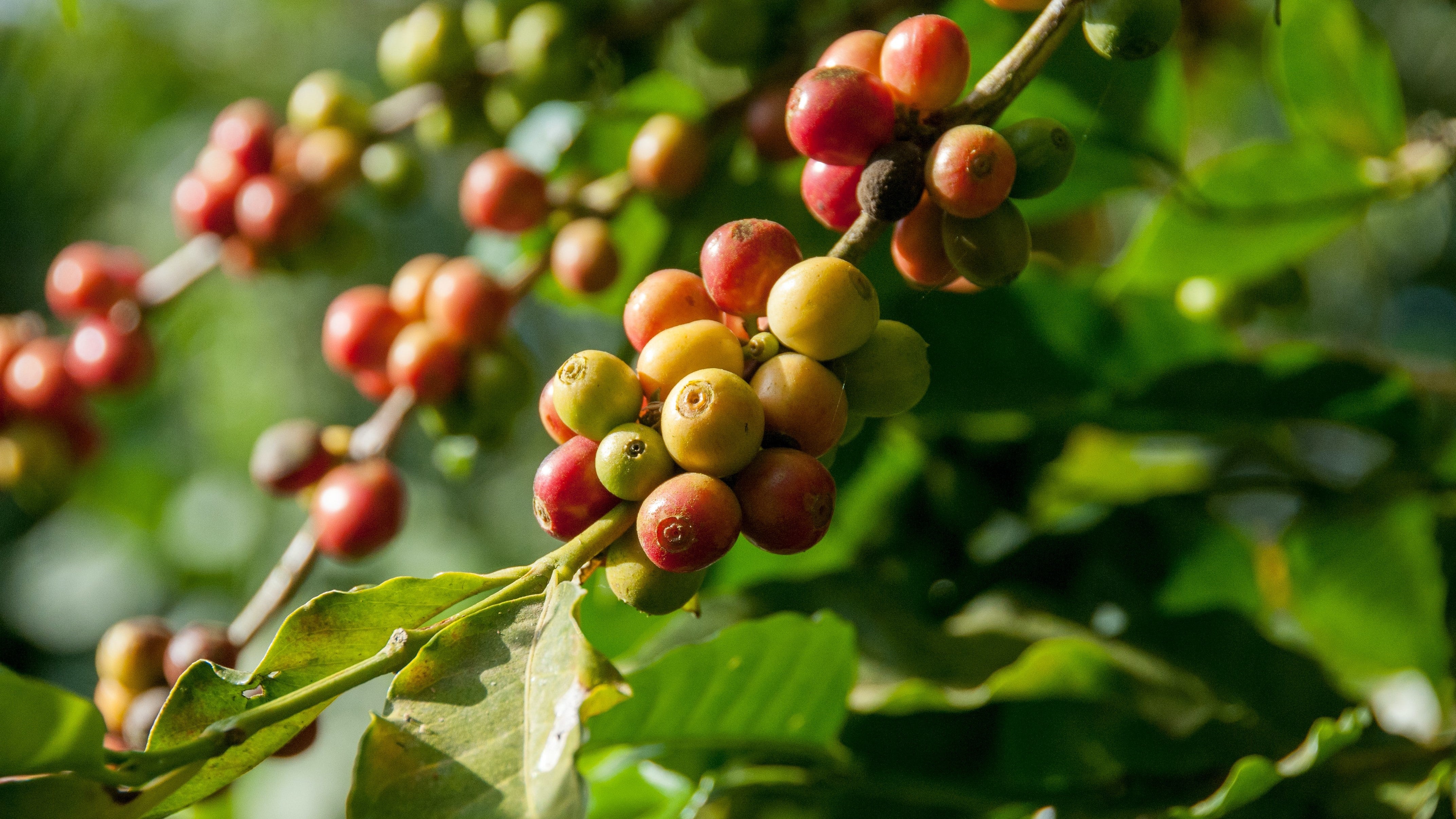

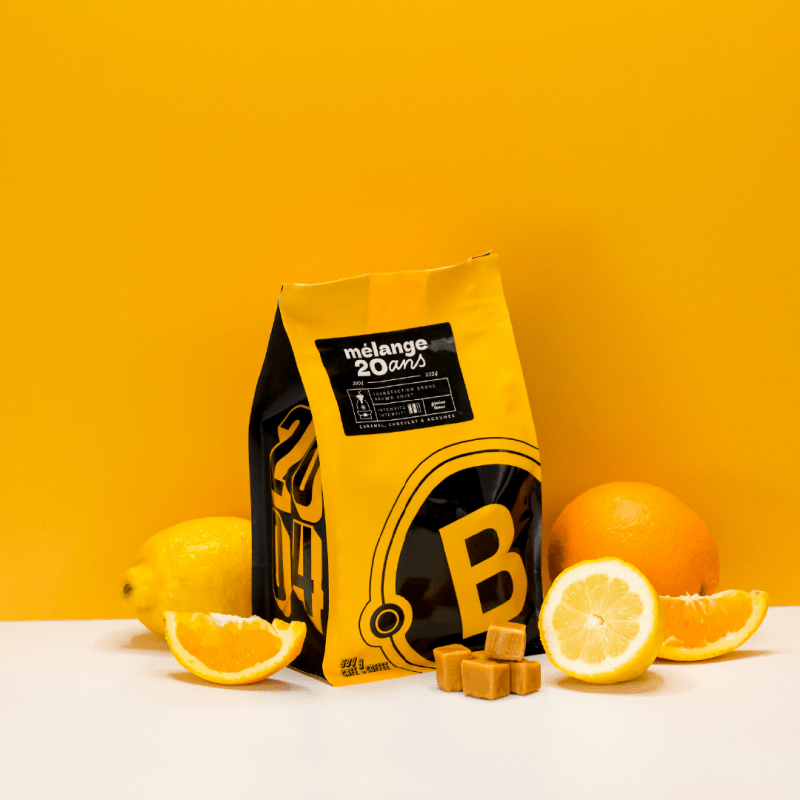


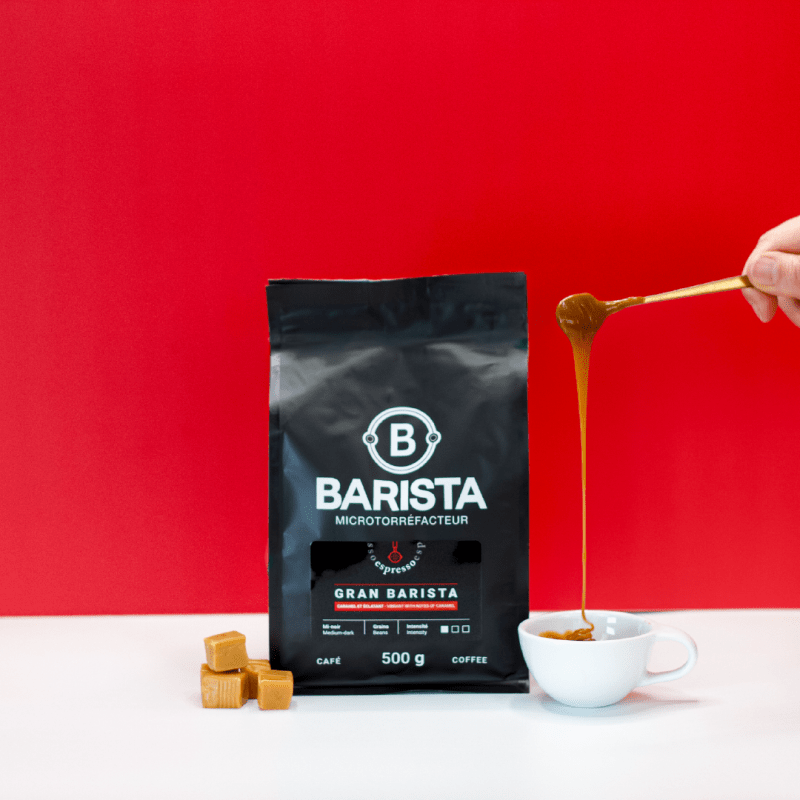


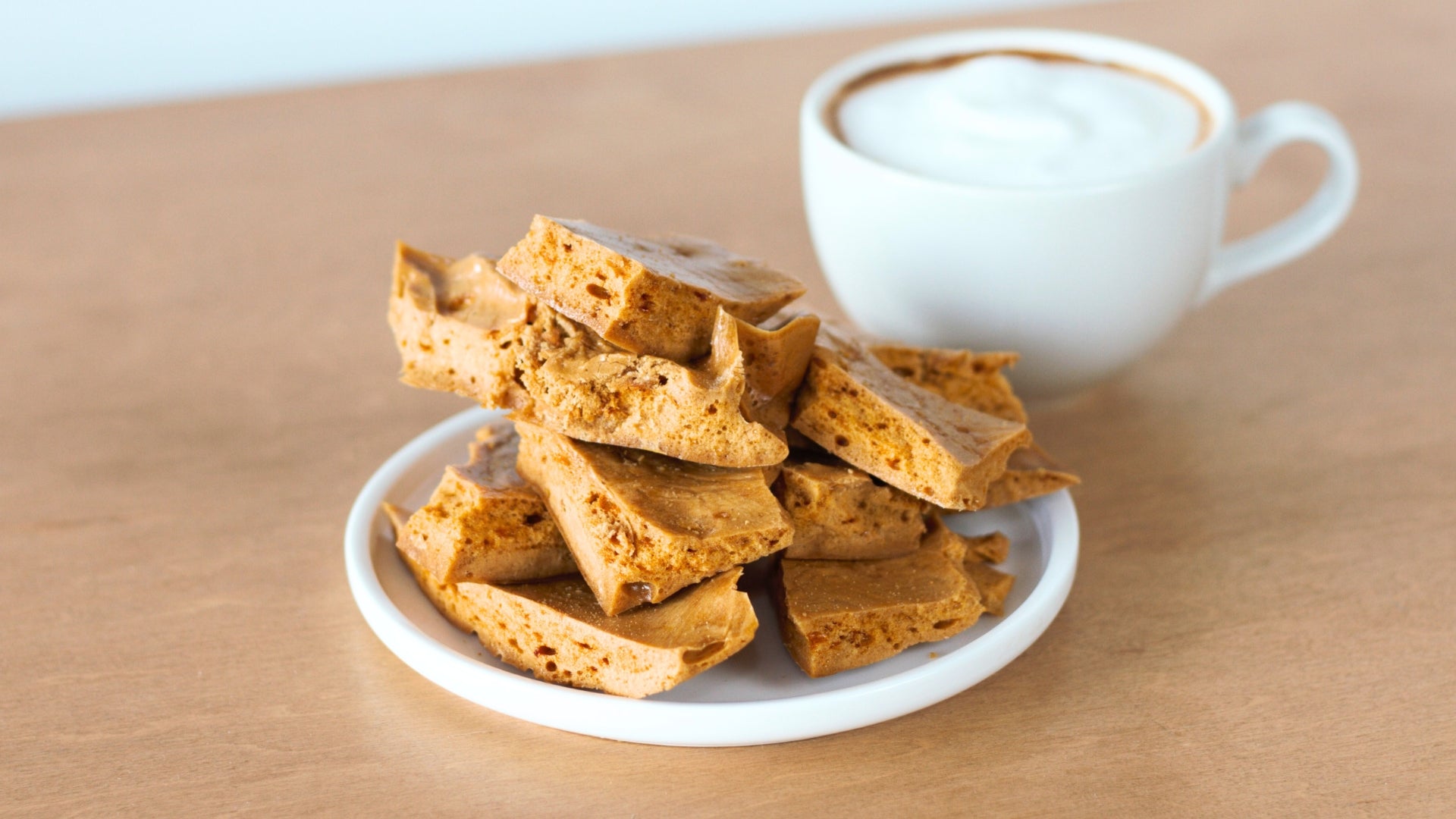
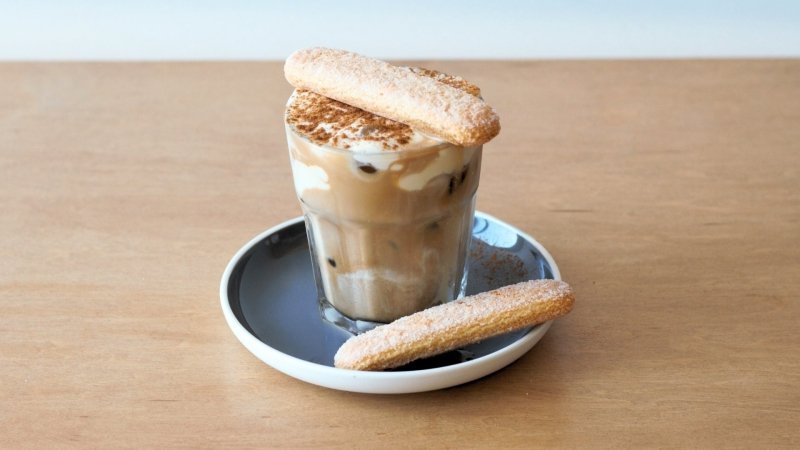
Share:
Decaf coffee: how it's made?
Decaf coffee: how it's made?